Accessing Google Drive from Next.js
Peter Jausovec
Senior Principal Platform Advocate
Recent posts
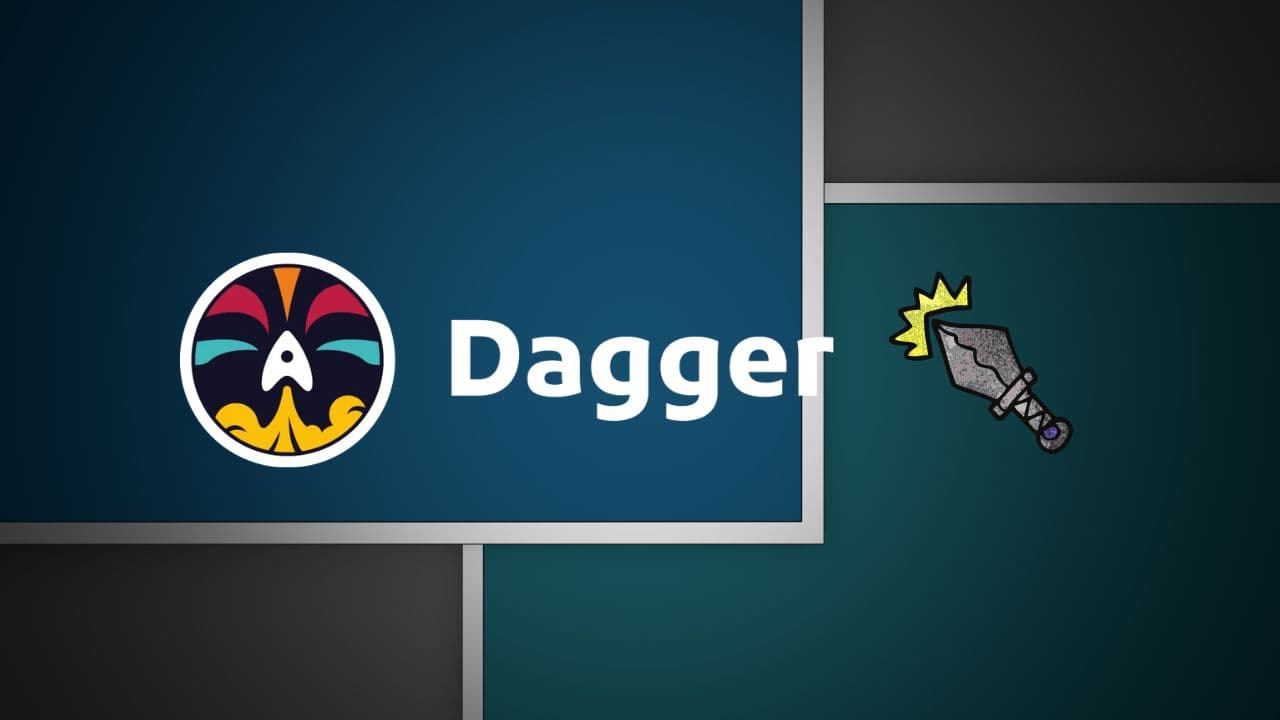
Tools
Deploying to Fly.io using Dagger and Github
Learn how to streamline your deployment process using Fly.io, GitHub Actions, and Dagger. This guide walks you through setting up automatic deployments a simple todo app, from basic Fly.io CLI usage to creating efficient, reusable deployment pipelines with Dagger.
![Top Cloud-Native Certifications and Learning Resources [2023]](/_next/image?url=%2Ftimgs%2F2022-07-26-certs.png&w=3840&q=75)
General
Top Cloud-Native Certifications and Learning Resources [2023]
A quick overview of top cloud-native certifications - where to take them, how much the certifications cost and which learning resources to use.
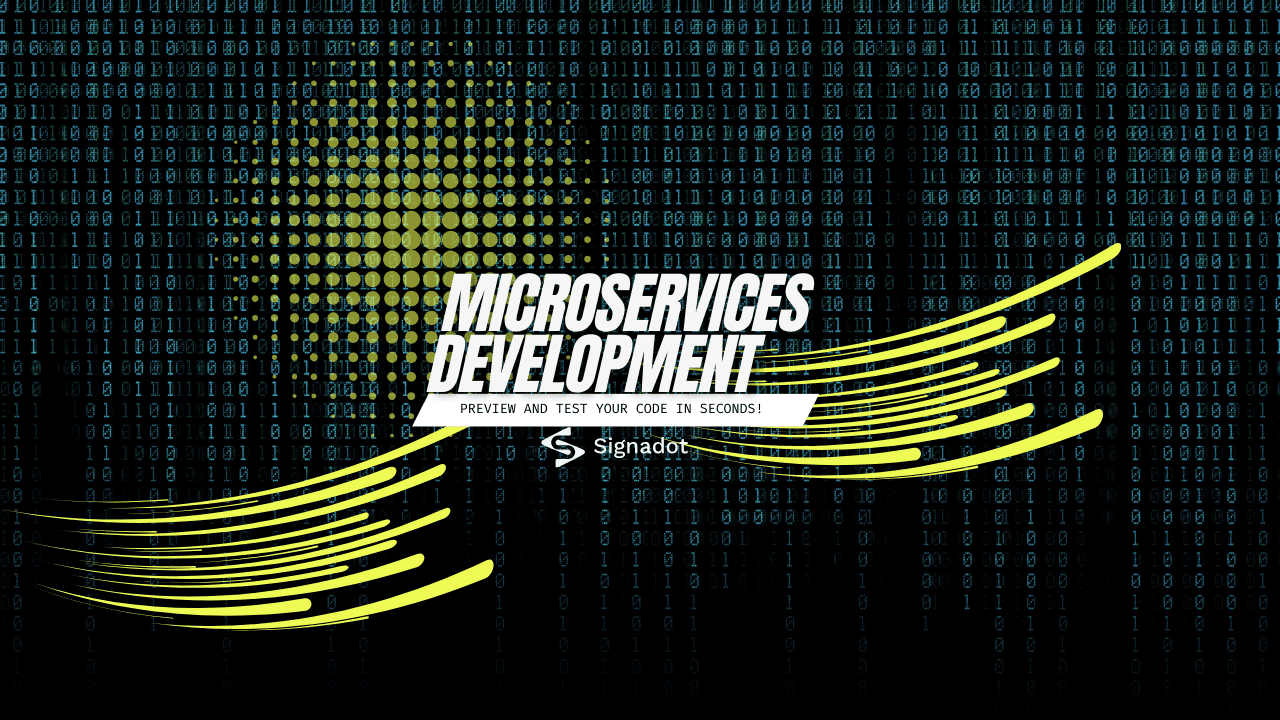
Service mesh
Rapid microservices development with Signadot
While developing microservices locally is possible, running and testing them in a production-like Kubernetes environment is complex. A typical development workflow while developing service in Kubernetes can significantly slow you down - from building a Docker image, pushing it, restarting the deployments, and testing the changes in a shared cluster. And all that, assuming you manage to keep the shared cluster up to date! In this article, I'll look at a tool called Signadot. Signadot introduces a concept of sandboxes that allow you to considerably shorten your developer workflow and go from minutes to mere seconds! The sandbox concept will enable you to build and run a service locally using the upstream and downstream dependencies inside a shared cluster.
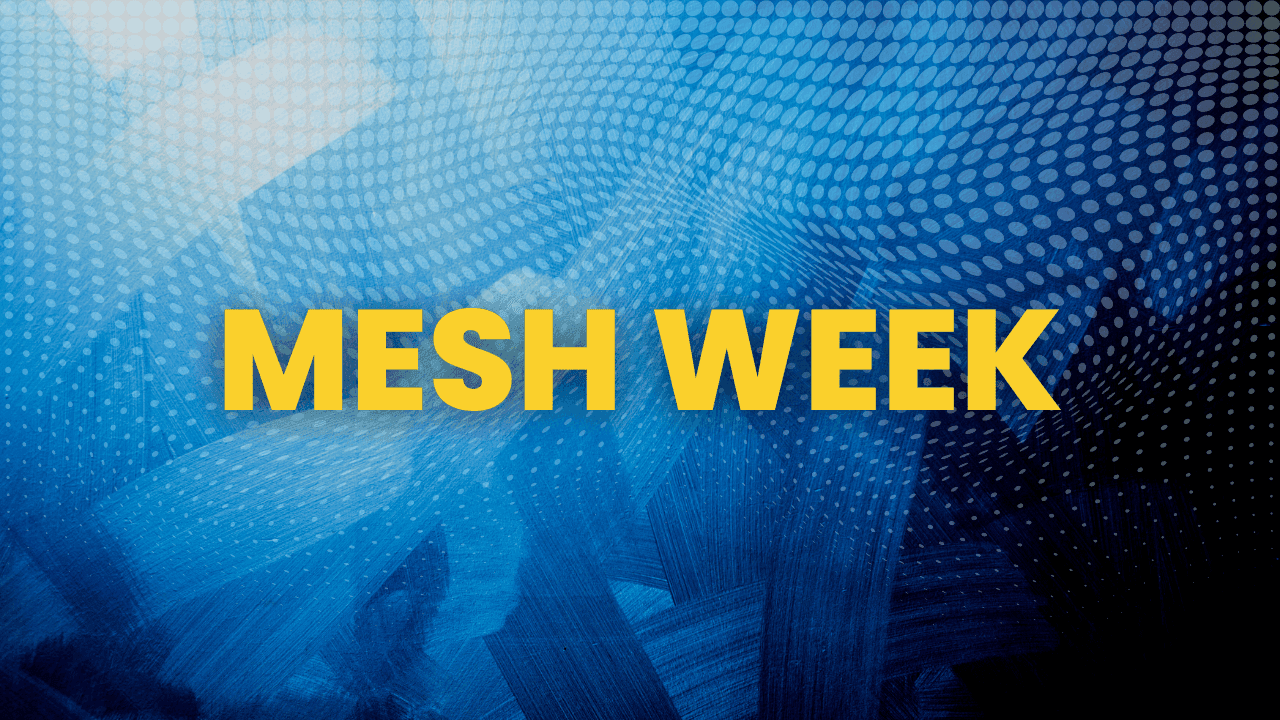
Service mesh
How to prepare for Istio certified associate exam (ICA)
CNCF announced a new certification targeting Istio. Istio Certified Associate is meant for engineers, CI/CD practitioners or anyone interested in Istio. We did a full week of streams on YouTube, going through the exam curriculum. This article contains notes, tips, and observations from the Istio Mesh Week live streams
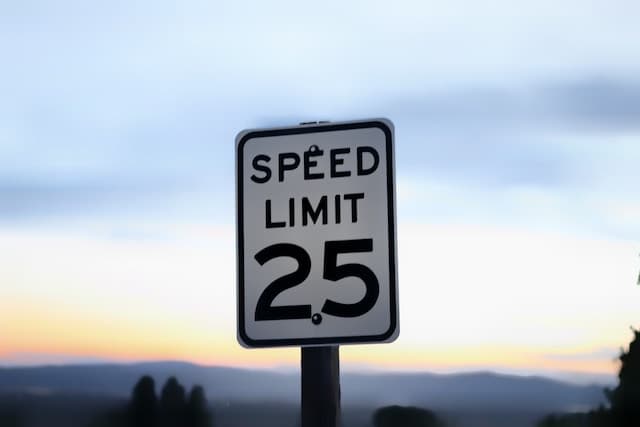
Service mesh
Configuring Global Rate Limiter in Istio
Learn how to set up a global rate limiter with Envoy and Istio, along with detailed instructions on configuring various rate limit scenarios. It also explains how to monitor the rate limit service using Prometheus and Grafana.

Service mesh
My Journey with Istio: From Incubation to Graduation
I share a quick look into my history with Istio and how I've seen it evolve from an incubating project to a graduated one.

Kubernetes
Securing Your Kubernetes Cluster: Cilium and Network Policies
Learn how to secure your Kubernetes network using Cilium and NetworkPolicies in this article. We'll explain the ingress and egress policies, show how to visualize network flows with Hubble, and implement Layer 7 policies with CiliumNetworkPolicy.
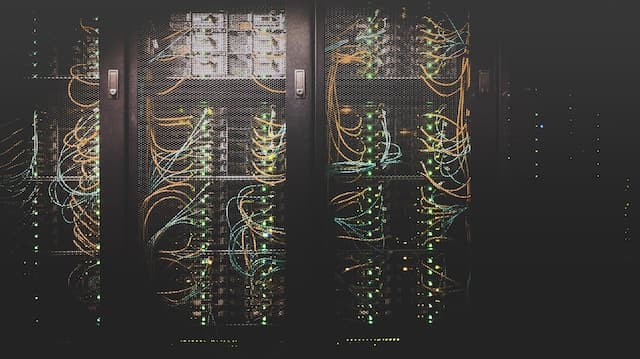
Kubernetes
Understanding networking in Kubernetes
Explore an in-depth analysis of Kubernetes networking, including container-to-container, pod-to-pod, pod-to-service, ingress, and egress communication. Understand the key roles of Container Network Interface (CNI), kubelet, kube-proxy, and learn about iptables and IPVS modes in kube-proxy.

Service Mesh
Using Istio ServiceEntry to configure external services
Learn how to use the Istio ServiceEntry resource to represent external services, be it as IP addresses or host names.

Service Mesh
How to apply Istio DestinationRule across the mesh?
An interesting question came up today in Istio Slack where someone asked if and how one can apply DestinationRules globally to all workloads inside the cluster. The short answer is yes, and this article will explain how to do it.

Service Mesh
How to configure rate limiter in Istio
In this article you'll learn how rate limiting works in Envoy and how to configure a local rate limiter on the worloads inside the mesh, as well as at the edge of the mesh for the ingress and ingress gateways.

Service Mesh
How to expose custom ports on Istio ingress gateway
This article explains how to expose custom ports on the Istio ingress and how can you use the same host name, but different port, and route the traffic to two (or more) Kubernetes services.
Featured Posts
Dive into our most popular and insightful articles
